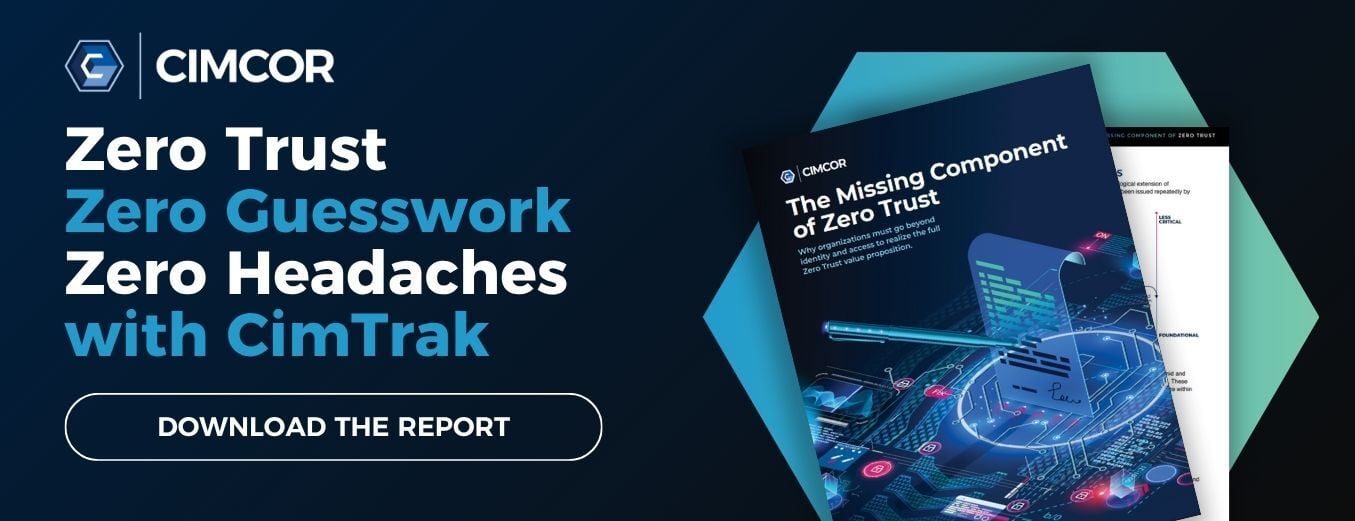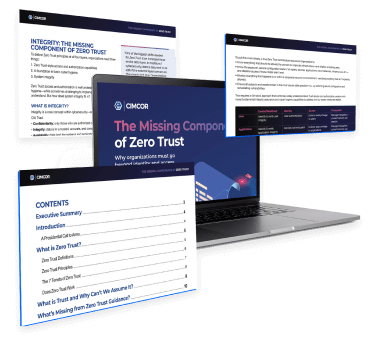Cybersecurity is constantly evolving. New methods of infiltration and attack emerge daily. That's why it's vital to understand the latest defense techniques so that you can protect your organization's information—starting with SASE vs. Zero Trust.
Your organization is looking to implement more robust cybersecurity processes, strategies, and network architectures. With an increase in corporate cybercrime and a boost in remote work and workers accessing secure systems from personal computers, the time has never been better to implement a better cybersecurity system. But which solution is the best option for your business?
This post will establish critical differences and similarities between SASE vs. Zero Trust. We’ll define each solution and guide to help you pick the right solution.
SASE vs. Zero Trust: Definitions
To understand the similarities and differences between SASE vs. Zero Trust, you’ll first need a baseline understanding of each solution and how it works.
What is SASE?
SASE stands for Secure Access Service Edge. This solution is a security framework designed specifically for the cloud. SASE solutions are notable for their layered security measures. With this solution, you deliver your security controls at the source of the connection rather than at the point of a data center.
What is Zero Trust?
Zero Trust is a cybersecurity solution that removes all implicit trust from your security infrastructure. The core value of Zero Trust is “never trust, always verify.” Continually verifying access for all users and devices requires ongoing upkeep, monitoring, and maintenance. However, this solution has many benefits like minimized dwell time and unauthorized lateral movement for attackers.
With these definitions in mind, let's examine these two solutions' core similarities and differences, giving you everything you need to decide which is best.
Similarities
Access is based on digital identity
The first way these solutions are similar is that, with both Zero Trust and SASE, access is based on a user’s digital identity. However, how access is granted varies slightly by solution.
With Zero Trust, you must continuously verify the identity of your users for all system access.
SASE uses identity to determine which larger-scale access policy applies to the user as a whole.
Constant authentication
SASE and Zero Trust also share the feature of constant authentication. In both of these solutions, users will be granted access based on their job duties and the data they need to perform them.
This type of structure differs from a solution like a VPN. When you use a VPN to secure your perimeter, a user has wholesale access to your system once they’re inside the network. Neither SASE nor Zero Trust offers this type of unrestricted access.
Access based on context
Lastly, both SASE and Zero Trust involve dynamic policies for user access. With SASE, you can monitor entire user sessions, analyzing for risk based on the user’s behavior. Similarly, Zero Trust allows you to provide Just-in-Time (JIT) access, which grants users access to certain data only when they need such access.
Differences
These two solutions share multiple similarities, but they have many differences as well. Let’s look at each solution in more detail to establish their differences.
SASE
The most significant difference between SASE vs. Zero Trust lies in the core components of each system. Let’s first establish the core components of SASE:
- SD-WAN service: Service connecting your network over a large distance.
- Firewall as a Service: This solution, called FWaaS, allows you to deploy your firewall through a cloud-based service.
- Secure Web Gateway: A solution that acts as a filter between a user and a website, blocking access to certain sites and helping to protect data.
- Cloud Access Security Broker: An on-site software solution that serves as the intermediary between the cloud service provider and your business.
- Zero Trust Network Access
As you see, Zero Trust is a component of SASE. However, they are not the same. The core difference between these solutions is that SASE is built upon the principles of Zero Trust but contains additional elements.
Zero Trust
Now that we have examined the components of SASE, let us look at the core elements of Zero Trust.
- Micro-segmentation: Dividing your workforce’s system access based on job duties and access needs.
- Identity verification: Continuous verification of a user’s identity as they move through the system and your data.
- Network and applications governance: The policies and systems your organization has to govern data access.
- Automation and analytics: Leveraging advanced tools like CimTrak to automate key processes, roll back unauthorized changes, and filter alerts can help save time without sacrificing security.
In short, Zero Trust is a strategy that your organization can implement without implementing SASE. However, SASE cannot be implemented without Zero Trust.
SASE vs. Zero Trust: Which is Best For Your Business?
With this understanding of the similarities and differences between SASE and Zero Trust, you can see that the headline of this post should perhaps not be “SASE vs. Zero Trust,” but “SASE and Zero Trust.” When used together, you will find that your Zero Trust Architecture enhances the elements of your SASE infrastructure and vice versa.
If your organization does not have the time and resources to pursue both solutions, you may choose Zero Trust alone. Zero Trust is simpler to implement than SASE, though it requires significant maintenance and upkeep to keep it running smoothly and effectively.
Explore a system integrity assurance software to maintain your Zero Trust environment easily. CimTrak is a file integrity monitoring tool that prioritizes alerts, automatically rolling back low-level unauthorized changes and letting your team focus on only the alerts that matter most. Request a demo today to see CimTrak in action.
To arm yourself with all the information you need to implement a Zero Trust Architecture easily, download our ebook, Missing Components of Zero Trust.
Tags:
Zero Trust
August 25, 2022




